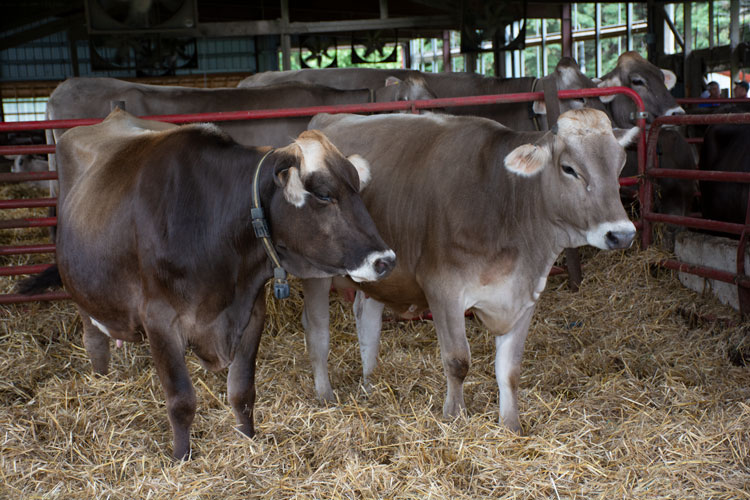
“The goal of a good dry cow program is to promote high dry matter intake immediately after calving and manage dietary and body energy levels,” explained the University of Illinois’ Jim Drackley at the recent Leading Dairy Producer’s Conference in Wisconsin Dells, Wis.
The trick is finding that perfect ration and environmental conditions to cater to the needs of dry cows and specifically reduce the chances of cows suffering from subclinical hypocalcemia. In that way, for many years, the question has been do we provide more calcium to these animals or do we restrict it.
Researchers at the University of Illinois recently conducted an experiment to determine the interaction of feeding a diet balanced for dietary cation-anion difference (DCAD) with low and high calcium supplementation in the prefresh period.
What they found
They compared three diets: low calcium with no DCAD (CON), low calcium with DCAD (LOW), and high calcium with DCAD (HIGH).
Before calving, cows had the most dry matter intake on the CON diet followed by the LOW and HIGH, which had similar intakes. However, after calving, dry matter intake was highest in the HIGH group at 42.9 pounds per day followed by LOW (41.6 pounds per day) and CON (37.4 pounds per day).
Milk production followed intake with HIGH cows producing 99.4 pounds of milk per day, LOW making 98.1 pounds per day, and CON at 92.4 pounds per day.
Drackley summarized these results explaining that DCAD’s role in lowering blood and urine pH is significant as cows enter the milking herd increasing their utilization of calcium both from the diet and from body reserves. He shared that a larger pool of data will be needed to determine data for frequency of health events.








